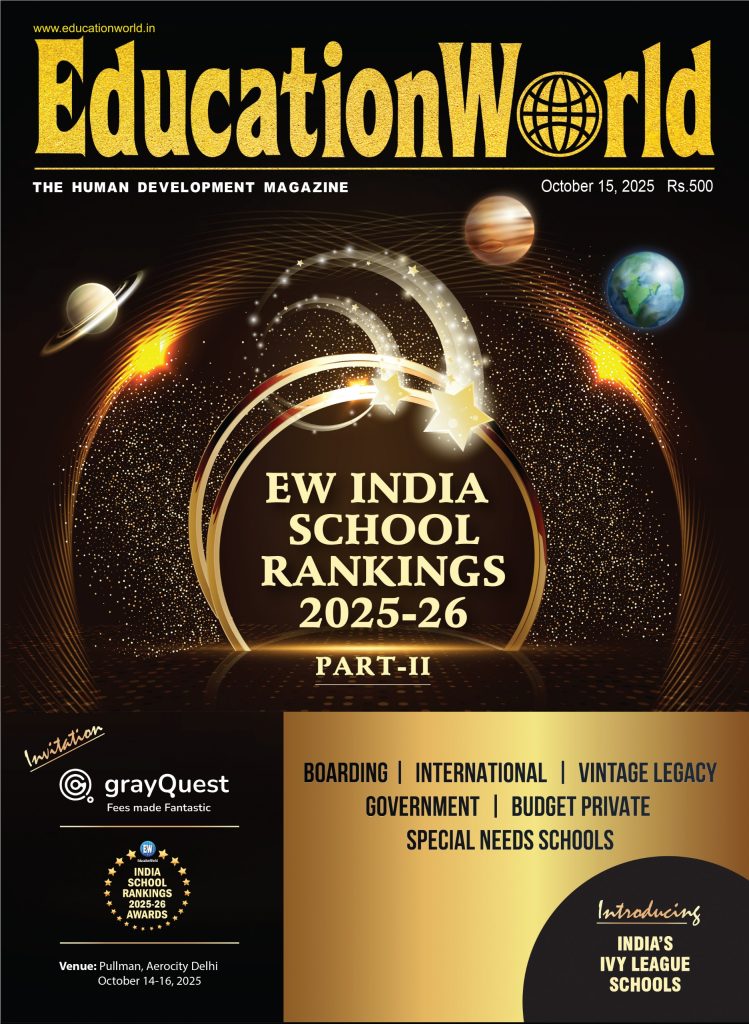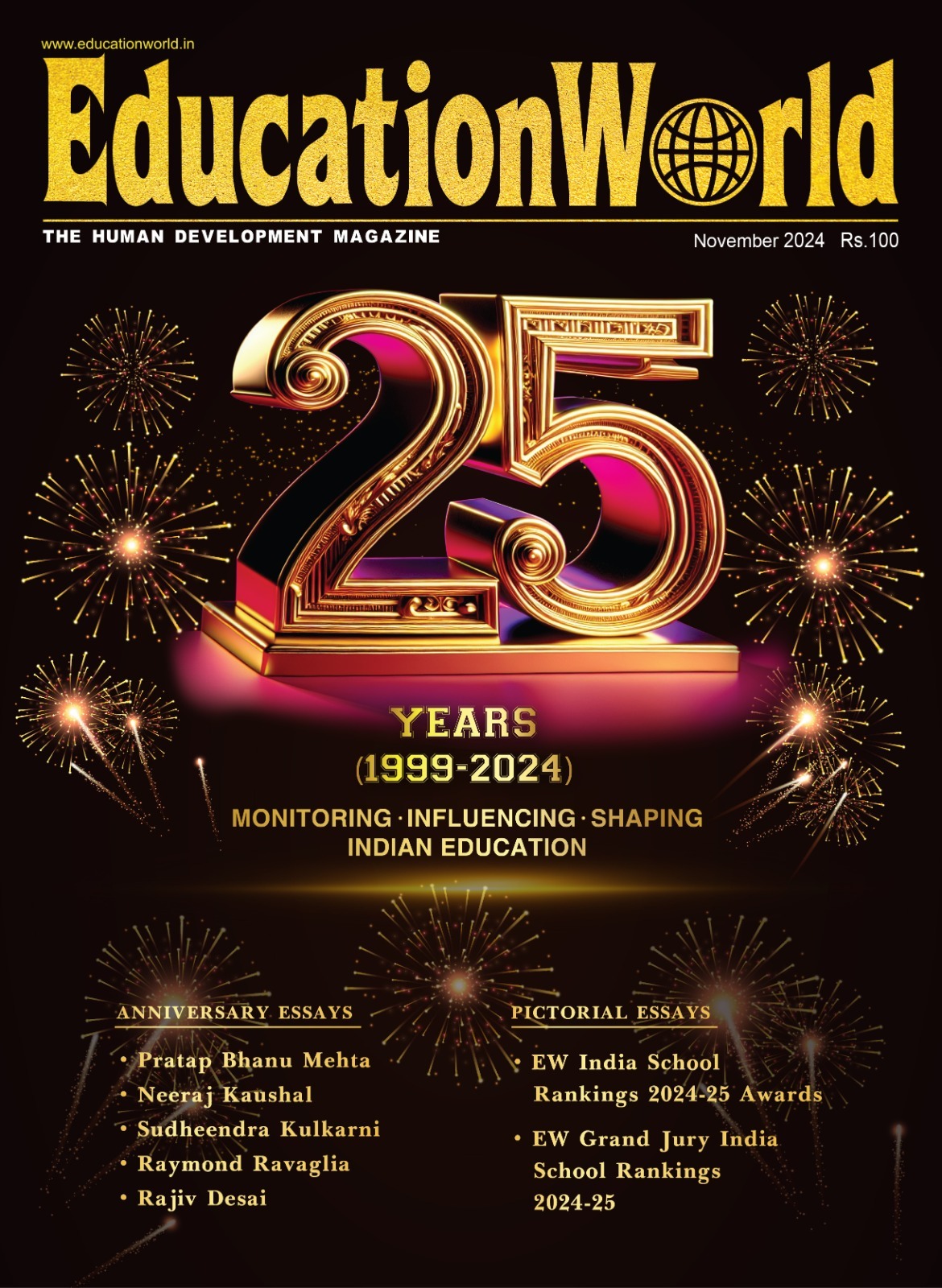Delhi: Mathematicians Protest
– Sandeep Sen (Delhi)
The university grants Commission (UGC) draft syllabus for undergraduate mathematics released on August 20, 2025, recommended to serve as a framework for the country’s 1,338 universities, has provoked a storm of criticism.
 In a petititon dated September 7 addressed to UGC chairman Dr. Vineet Joshi, 900 researchers, mathematicians, teachers and graduate students protested that the standardised draft syllabus is “riddled with grave defects, and if adopted, will damage the prospects of generations of students” of all disciplines since mathematics underpins several disciplines including science, engineering, and economics.
In a petititon dated September 7 addressed to UGC chairman Dr. Vineet Joshi, 900 researchers, mathematicians, teachers and graduate students protested that the standardised draft syllabus is “riddled with grave defects, and if adopted, will damage the prospects of generations of students” of all disciplines since mathematics underpins several disciplines including science, engineering, and economics.
In particular, signatories to the petition who included M.S. Raghunathan (Centre for Excellence in Basic Science); Shrikrishna G. Dani (UM-DAE Centre for Excellence); Rajendra Bhatia (Ashoka University); Amber Habib (Shiv Nadar University); Manjunath Krishnapur and Mahesh Kadke (Indian Institute of Science); Mahan M.J (Tata Institute of Fundamental Research) and Ramanujam R. (Azim Premji University), criticised the draft syllabus for insufficient attention to core mathematics (algebra, real analysis), underrepresentation or improper placement of core applied math, lip service to new age topics such as machine learning, AI, little or no lab work, and inclusion of arcane courses such as mathematics in meditation. The petititoners contend that instead of recommending a broad framework and leaving space for universities to innovate, the commission has chosen to prescribe detailed content and sequencing of courses.
According to Prof. Manjunath Krishnapur, distinguished professor of mathematics at the Indian Institute of Science, Bangalore, internationally recognised for his work in probability theory, random matrices, and stochastic processes, and one of the signatories to the protest petitition, for several decades, if not centuries, Indian mathematics education has been respected for its rigour, producing generations of scientists, engineers, and innovators. Instead of building on this strength, UGC has produced a diluted framework that “substitutes tokenism for depth”.
“Ancient Indian contributions to mathematics deserve scholarly treatment, but their superficial inclusion in the draft syllabus with disconnected modules on Vedic techniques, indigenous timekeeping, undermines both tradition and modernity. Core courses such as algebra and advanced calculus have been compressed beyond recognition, while electives such as Fourier analysis and machine learning are offered without the conceptual scaffolding to make them meaningful. The result is not a bold synthesis of heritage and contemporary knowledge, but an incoherent curriculum that risks dismantling the hard-earned rigour of Indian mathematics taught to undergraduates,” says Krishnapur.
Against this backdrop of widespread dissatisfaction, the petitioners have called upon UGC to withdraw the current draft mathematics curriculum in its existing form; constitute a new committee comprising distinguished mathematicians and teachers of undergraduate mathematics to redraft the draft syllabus which should give adequate emphasis to core areas (algebra, analysis, geometry, applied mathematics).
Even as he mulls over proposals of the protest petition, UGC chairman Vineet Joshi who has the power to withhold and/or reduce grants of public universities that don’t fall in line with these “advisory” guidelines, would do well to bear in mind that three globally top-ranked universities in the Greater Boston area of America sited within a 10 km radius — MIT (Cambridge), Harvard University, and Boston University — have designed their own undergrad mathematics syllabuses and curricula of varying requirements, sequences and tracks.
Curiously, Joshi seems unaware of the elaborate separation of the academic, regulatory, funding and accreditation functions decreed for HEIs by NEP 2020 even as HECI (Higher Education Commission of India) which was to replace UGC, is nowhere in sight. In UGC it’s business as usual.
















Add comment